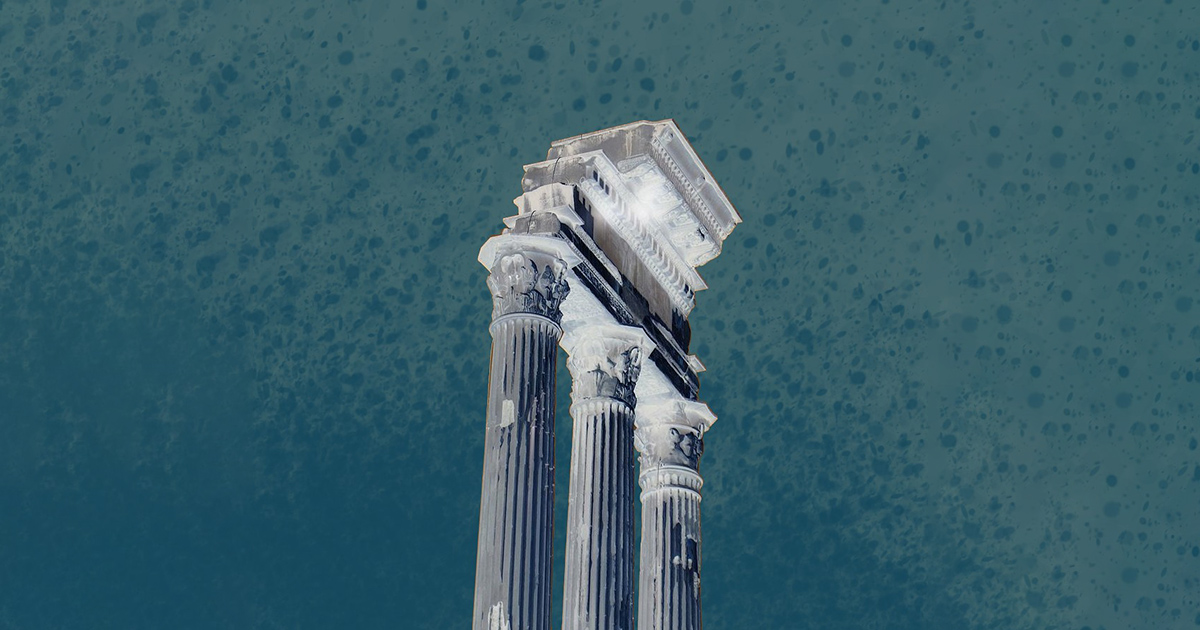Digital Technology and Conservation Science for Sustainable Preservation of Cultural Heritage: Interdisciplinary Studies, Challenges, and Perspectives
A special issue of Sustainability (ISSN 2071-1050). This special issue belongs to the section "Tourism, Culture, and Heritage".
Deadline for manuscript submissions: 31 May 2026 | Viewed by 7906

Special Issue Editors
Interests: spectral imaging; methodologies and integrative methods for characterization and safeguarding cultural heritage; theory of restoration; historical monuments; technical studies; modern and contemporary art conservation
Interests: multimodal approaches to the analysis of cultural heritage; digital twins; laser spectroscopy; sustainability of laser cleaning technologies; risk assessment
Special Issues, Collections and Topics in MDPI journals
Special Issue Information
Dear Colleagues,
Sustainability, as a social concept and goal of “meeting the needs of the present without compromising the ability of future generations to meet their own needs”, also accurately defines the essence of cultural heritage conservation. The evolution of society has raised the awareness to preserve intangible heritage as an ineluctable part of our identity. These efforts for preservation were crystalized into the Faro Convention, which promotes a wider understanding of heritage as an irreversible and unique cultural resource, as well as its relationship to communities and society. The sustainable preservation and management of cultural heritage is increasingly supported by innovative technological advancements that aim to balance heritage conservation with environmental responsibility. Key approaches such as digitization, digital restoration, and reconstructions are integral to sustaining cultural assets by providing virtual representations that can be used for ongoing conservation efforts without physical intervention. The concept of digital twins, where real-time virtual replicas of cultural heritage sites and artefacts are created, offers significant contributions to sustainability. These digital models allow for continuous monitoring, data analysis, and decision-making, enabling the proactive preservation of cultural heritage while reducing the environmental impact of traditional conservation methods Moreover, the integration of digital management strategies for museums, archives, and historical sites facilitates more efficient resource-conscious operations. Innovative theories and methodologies are being developed to ensure sustainable cultural heritage conservation practices, advocating for eco-friendly low-impact approaches that minimise damage to the physical environment and the heritage artefact itself. Multi-modal conservation approaches, which incorporate various technological tools and methods, enhance the effectiveness of conservation strategies and encourage the use of resources more efficiently. In the context of built heritage, reconversion practices—where historical buildings are repurposed for modern use—promote sustainable reuse, reducing the need for new construction, while preserving the cultural and historical value of these sites.
This Special Issue aims to attract high-quality manuscripts that explore how these technologies and methodologies contribute to the sustainability of cultural heritage, highlighting their role in minimising the environmental impact of preservation efforts while ensuring the continued accessibility, engagement, and protection of our cultural legacy for future generations. Dialogue between the humanities, social sciences, and natural sciences is encouraged, playing a catalytic role in the research and innovation in the heritage conservation field, a common effort which contributes in reaching Sustainable Development Goals (SDGs) for future generations. The keywords below are not meant to be limiting, and we will consider sustainable cultural heritage conservation in its widest sense.
We look forward to receiving your contributions.
Dr. Lucian-Cristian Ratoiu
Dr. Monica Dinu
Guest Editors
Manuscript Submission Information
Manuscripts should be submitted online at www.mdpi.com by registering and logging in to this website. Once you are registered, click here to go to the submission form. Manuscripts can be submitted until the deadline. All submissions that pass pre-check are peer-reviewed. Accepted papers will be published continuously in the journal (as soon as accepted) and will be listed together on the special issue website. Research articles, review articles as well as short communications are invited. For planned papers, a title and short abstract (about 250 words) can be sent to the Editorial Office for assessment.
Submitted manuscripts should not have been published previously, nor be under consideration for publication elsewhere (except conference proceedings papers). All manuscripts are thoroughly refereed through a single-blind peer-review process. A guide for authors and other relevant information for submission of manuscripts is available on the Instructions for Authors page. Sustainability is an international peer-reviewed open access semimonthly journal published by MDPI.
Please visit the Instructions for Authors page before submitting a manuscript. The Article Processing Charge (APC) for publication in this open access journal is 2400 CHF (Swiss Francs). Submitted papers should be well formatted and use good English. Authors may use MDPI's English editing service prior to publication or during author revisions.
Keywords
- digitization, digital restoration, reconstructions, and digital twins
- digital management and innovative strategies
- innovative theories and methodologies
- multi-modal approaches
- heritage reconversion
- accessibility
- preventive conservation
- risk assessment studies
Benefits of Publishing in a Special Issue
- Ease of navigation: Grouping papers by topic helps scholars navigate broad scope journals more efficiently.
- Greater discoverability: Special Issues support the reach and impact of scientific research. Articles in Special Issues are more discoverable and cited more frequently.
- Expansion of research network: Special Issues facilitate connections among authors, fostering scientific collaborations.
- External promotion: Articles in Special Issues are often promoted through the journal's social media, increasing their visibility.
- Reprint: MDPI Books provides the opportunity to republish successful Special Issues in book format, both online and in print.
Further information on MDPI's Special Issue policies can be found here.






